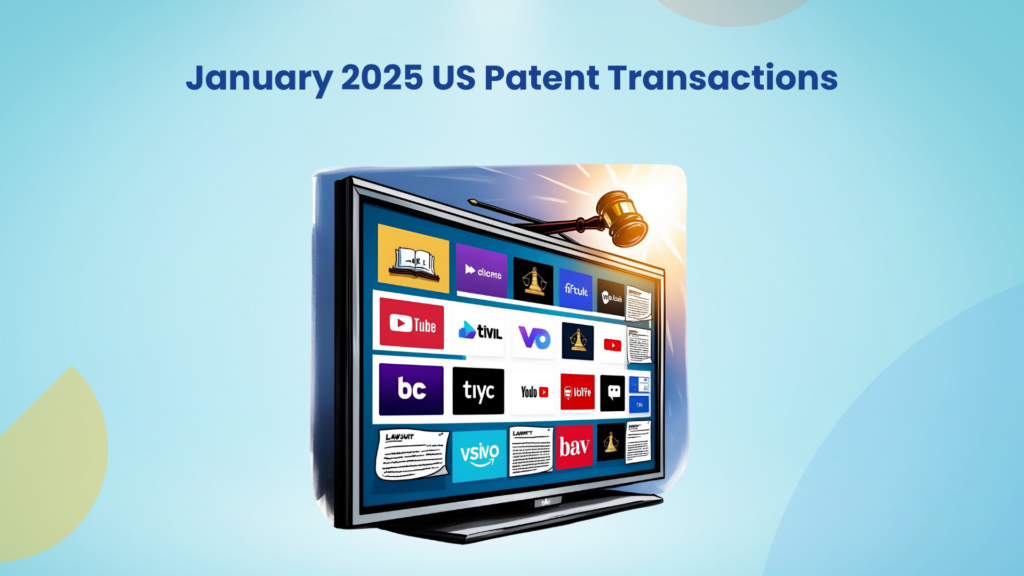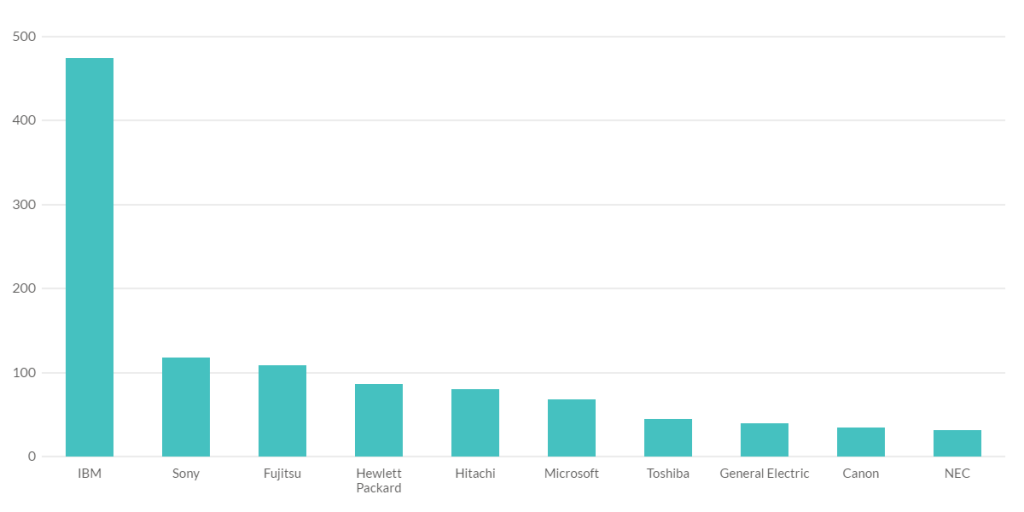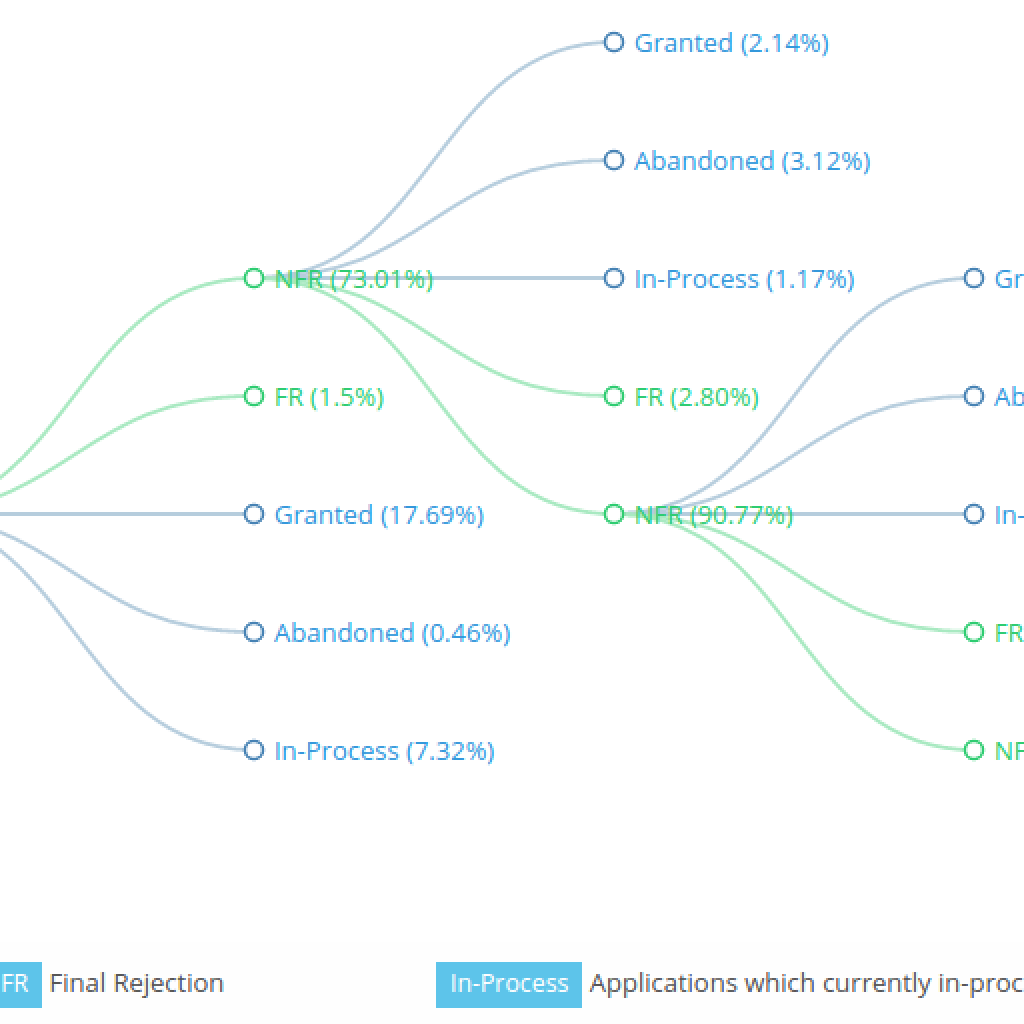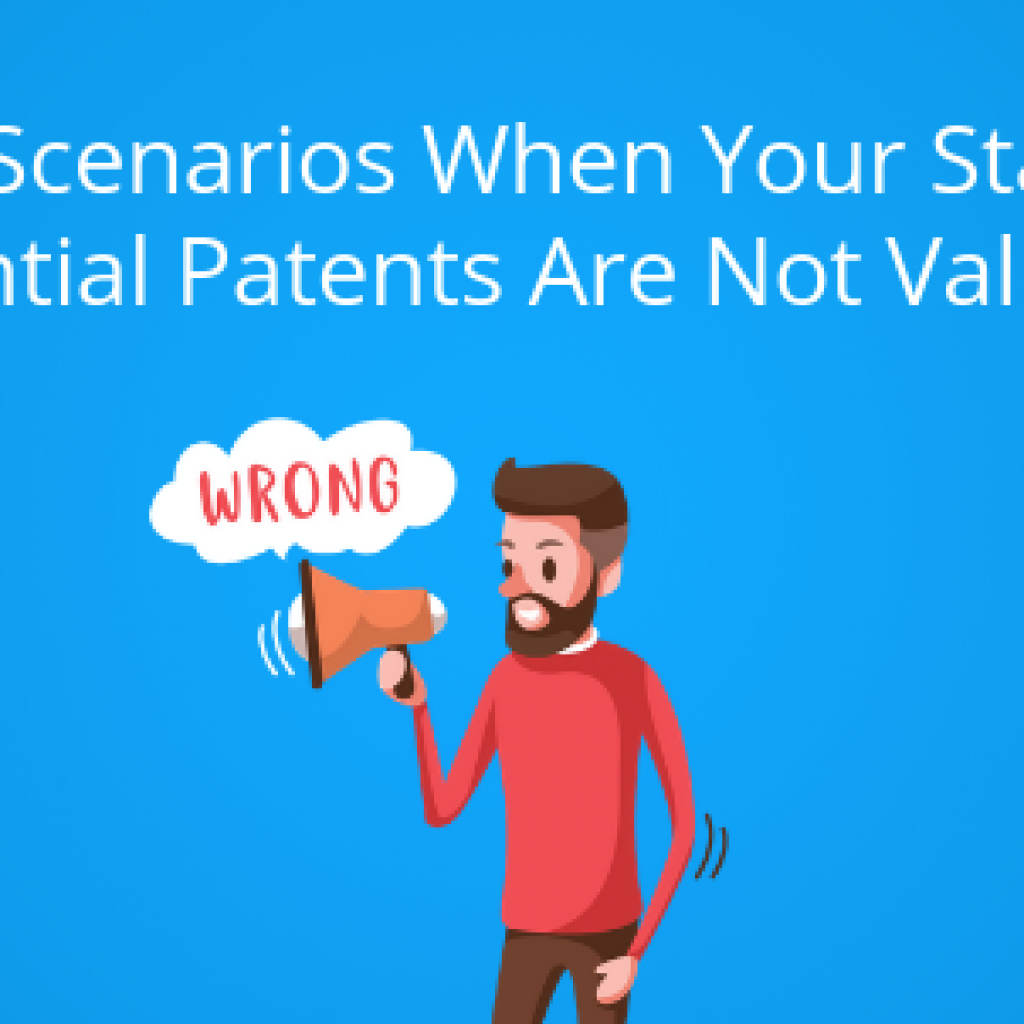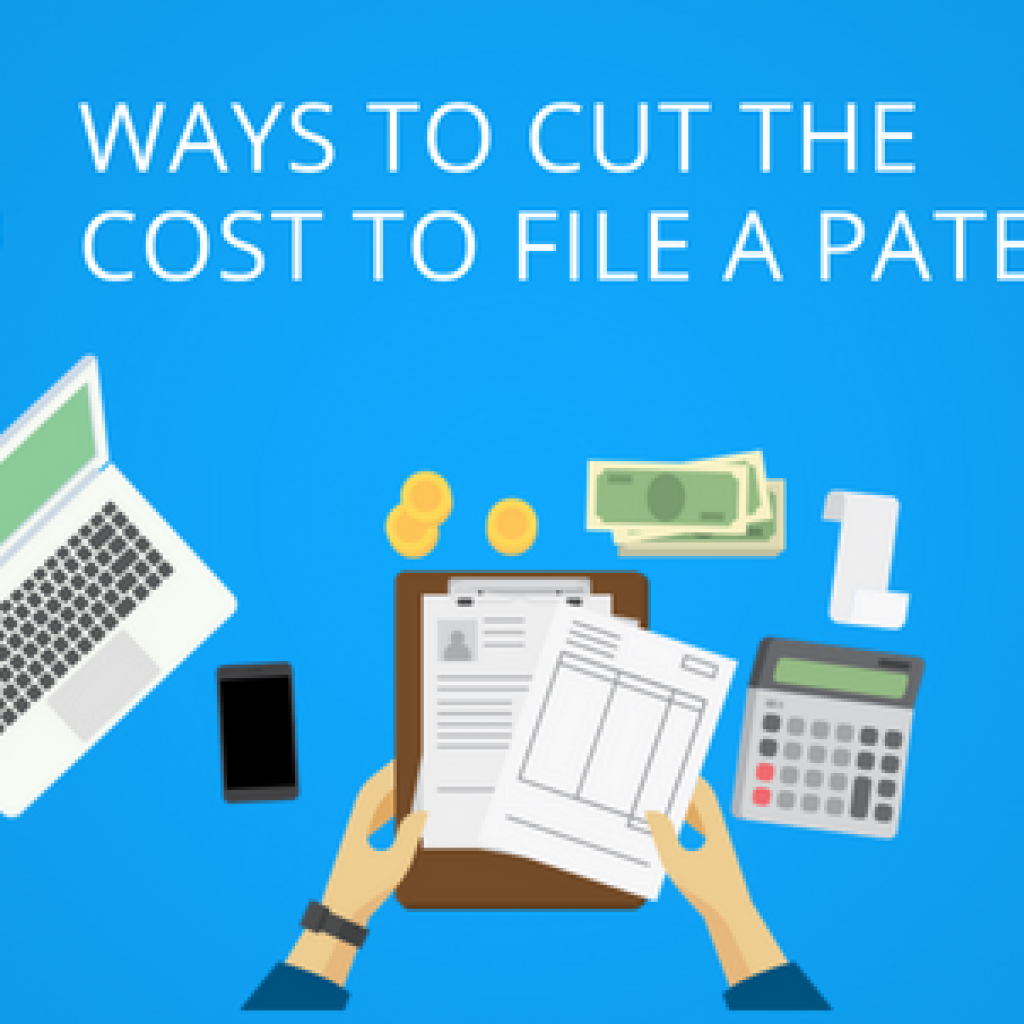In December 2024, Netflix launched a counter lawsuit against VMware, a subsidiary of Broadcom. This swift legal action came less than a month after Netflix acquired 14 patents from Regional Resources. It is a corporate trust firm that had previously obtained these assets from Hewlett-Packard Enterprise (HPE). The lawsuit’s timing suggests that Netflix’s acquisition was far from routine. It was a strategic move to strengthen its position in an ongoing patent battle.
The 14 patents in question cover a wide range of technologies essential to modern cloud and streaming infrastructure, including network optimization, video delivery, and virtualization. These technologies underpin the core of cloud services, content delivery networks, and the broader streaming ecosystem.
This analysis examines the patents in this acquisition, mapping key technologies and analyzing citations. It also highlights the impact of the acquisition on players in similar domains, and your company is under its radar.
Netflix Enters HPE’s Buyer List
Although the patents were officially transferred from Regional Resources Limited, the previous owner was HPE, which is known for selling patents as part of its business model. This makes it likely that the actual transaction was between Netflix and HPE, with Regional Resources acting as a holding intermediary.
In fact, HPE’s own IP portfolio website states that it routinely works with buyers to transfer patents. This suggests Netflix has joined a list of tech companies strategically acquiring litigation-ready assets.
Even though the patent acquisition deal has only been 4+ months, 5 of the acquired assets (US7779424B2, US7797707B2, US8185893B2, US8799891B2, US8863122B2) have already been in litigation. In fact, after acquiring these patents in November 2024, Netflix sued VMware in December 2024 itself (https://insight.rpxcorp.com/litigation_documents/16060754).
Technologies covered in the acquired patent set
The 14 acquired patents span multiple technology domains essential to modern content streaming, cloud operations, and platform engagement:
| Technology Group | Patent Numbers |
| Network Traffic Management & Optimization | US10331472B2, US7761444B2, US8315865B2, US8799891B2 |
| Video Processing & Media Delivery | US7313102B2, US8863122B2 |
| Network Security & Monitoring | US7797707B2, US8443365B2, US8910152B1, US8335785B2 |
| Resource Management | US8566332B2 |
| Cloud Computing & Virtualization | US8185893B2, US9189523B2 |
| Data Storage & File Systems | US7779424B2 |
The One Patent Netflix Didn’t Use — Yet It Could Hit Multiple Industries at Once
Among the 14 acquired patents, only one—US8566332B2, classified under Resource Management—has not yet been used in litigation. A quick analysis, however, reveals that this asset may carry substantial strategic value beyond the current legal action.
The patent introduces a system designed to rank content on a webpage based on its freshness and how quickly it’s likely to become outdated. Existing systems either show the most recent content or rank it based on popularity (likes, shares, etc.). The content is shown based on how much engagement it gets or how recent it is. This is simple, but not necessarily the best method for keeping users engaged in the long run..

This new patent changes the game by introducing the idea of “novelty decay”. Here’s how it works:
- New content is more interesting to people, but it doesn’t stay fresh for long. The patent suggests that instead of just showing the latest posts, the system should calculate how quickly the freshness of the content wears off (the “decay”).
- So, the newer content gets higher priority, but it’s not just about showing the latest stuff—it’s about showing the content that will stay interesting for longer, based on how quickly its novelty fades.
Imagine you’re browsing a website that updates constantly, like a news or social media site. To keep you interested, the website needs to highlight the best, most relevant content at the top. This patent’s system does this in a smart way.
Here’s how it works:
- First, it looks at the new content and figures out how “fresh” it is compared to everything else. It’s like checking the “freshness” date on food.
- Then, it doesn’t treat all new content the same. It calculates each item’s “decay” score, predicting how soon it will lose its appeal. The newer content gets a low decay score, meaning it’s expected to stay interesting for a bit longer.
- Finally, the content with the lowest decay score (the freshest stuff that will stay interesting longer) gets placed at the top of the page, where you’ll most likely see it first.
So, instead of just showing the very latest thing (which might get old quickly), the system smartly prioritizes content that is not only new but also more likely to keep your attention longer. It’s a better way of making sure the most engaging content is always front and center, grabbing your eye and keeping you hooked.
Key Industries and Companies Impacted by The Patent
The core idea mirrors the personalization engines widely deployed across:
- Streaming platforms (for dynamic recommendations),
- Search engines (to rank new or trending content),
- E-commerce sites (to surface timely product suggestions),
- Social media feeds (to maintain content freshness and engagement), and
- Online news platforms (to balance recency with relevance).
Major players known for developing technologies in these areas have already cited the patent. This indicates its technical proximity to real-world implementations of content-ranking algorithms.
The patent has broad applications, from streaming platforms to e-commerce sites to social media networks. Companies in related sectors must ensure their technologies don’t inadvertently infringe on this or other newly acquired patents.
Request a comprehensive review of these patents and find how they may affect your technology or product. Contact our patent experts today.
How these acquired patents affect your business!
Fill the form to get a detailed analysis
Claim: Evidence from Potential Applications in Industry
| Claim | Evidence from an exemplary potential company |
| A method, comprising a processor performing operations comprising: | |
| for each of multiple user-selectable contents, ascertaining a respective novelty value representing a level of newness of the user-selectable content in relation to the other user-selectable contents, and calculating a respective novelty decay value as a decreasing function of the respective novelty value; and | |
| determining a prioritization order of the user-selectable contents in respective prioritized positions on a web page based on the novelty decay values. |
Note: This is just a high-level relevancy analysis and does not necessarily indicate this patent’s overlap potential.
Is Your Company Vulnerable? Licensing and Litigation Risks from This Patent
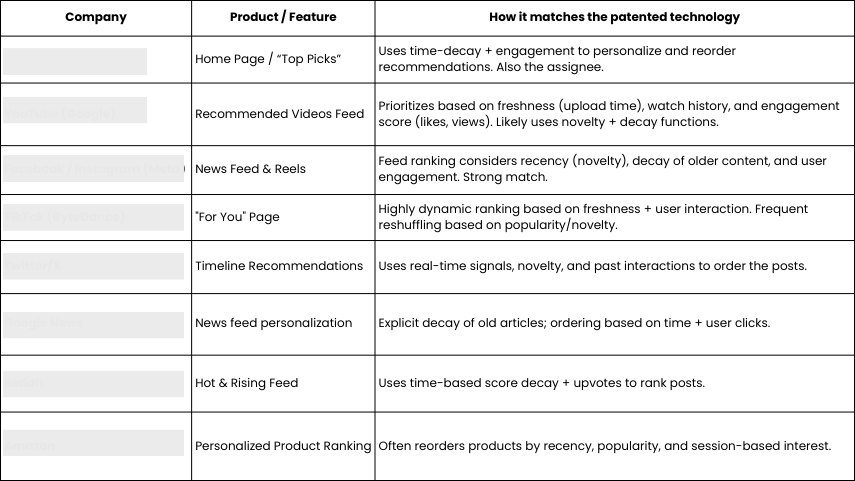
Conclusion
This analysis of Netflix’s acquisition provides a comprehensive look at the patents involved and their potential implications for licensing and litigation within the digital content and technology sectors.
Is your patent portfolio prepared for Netflix’s strategic move? GreyB’s complete report on this acquisition examines each patent’s core technology, monetization opportunities, and the legal risks companies could encounter.
Download the full report for an in-depth breakdown
How these acquired patents affect your business!
Fill the form to get a detailed analysis





